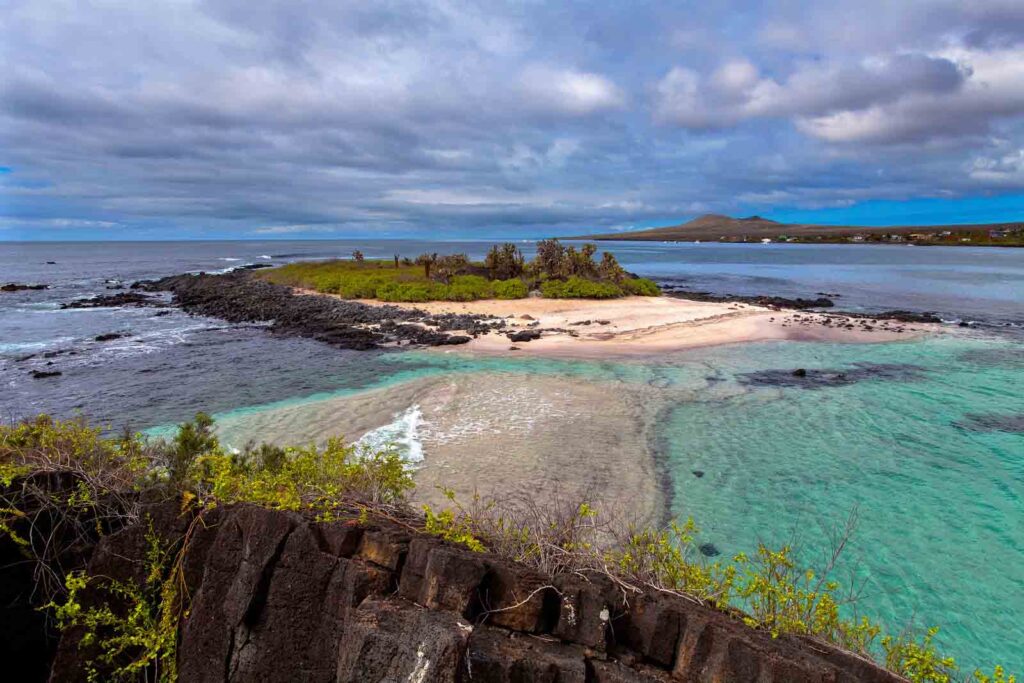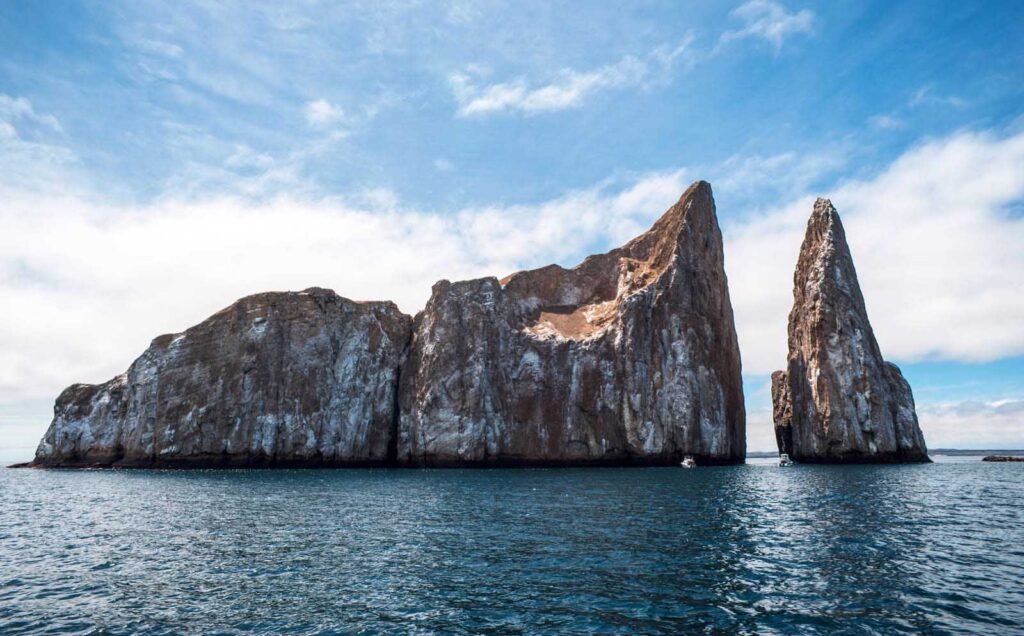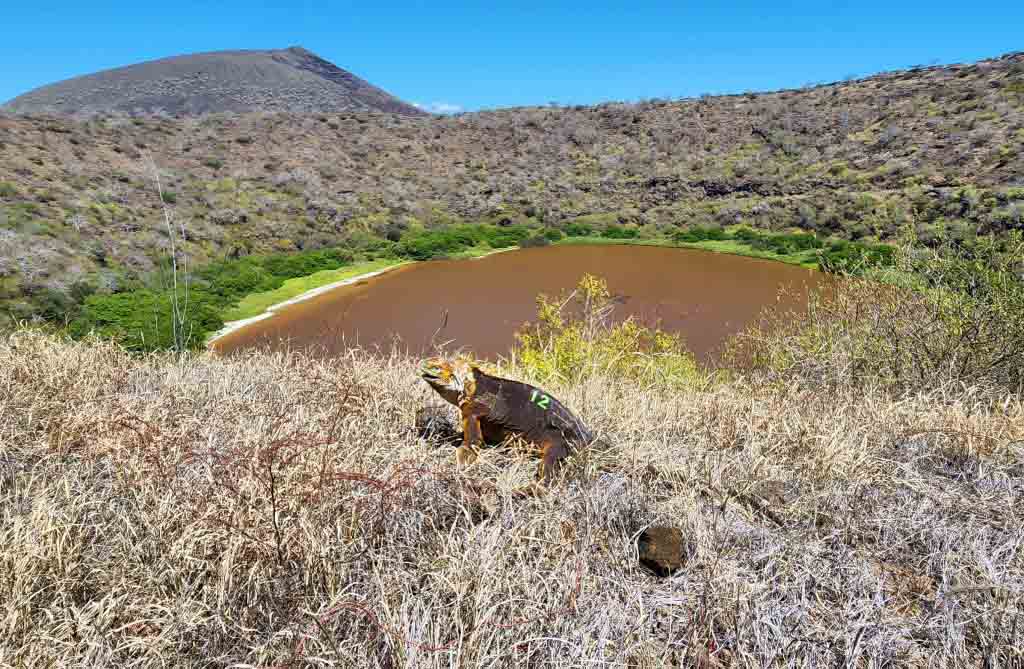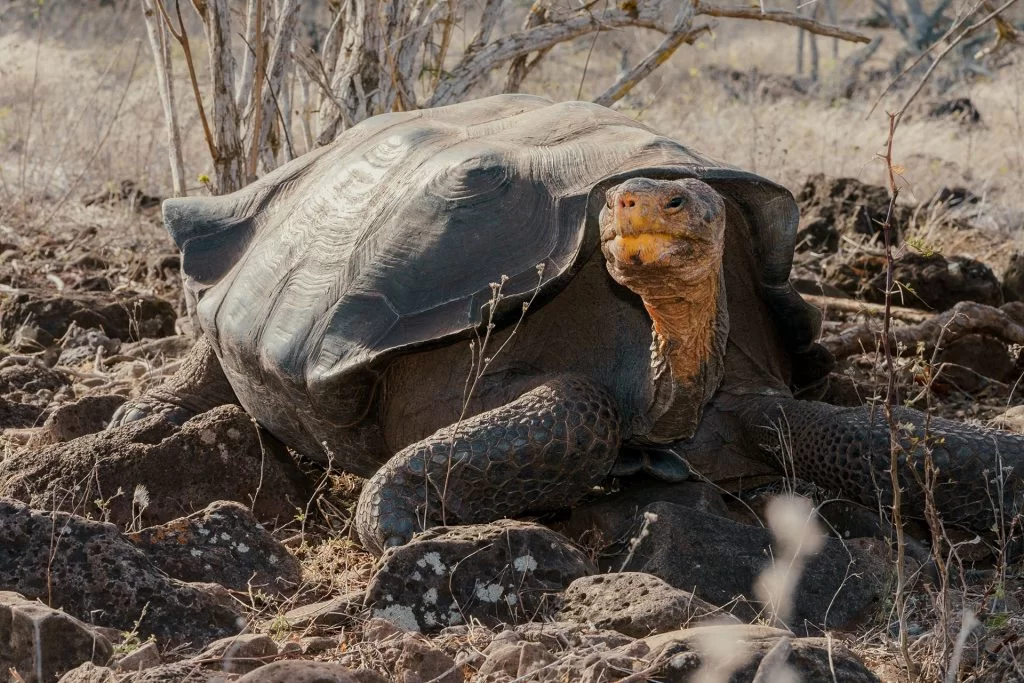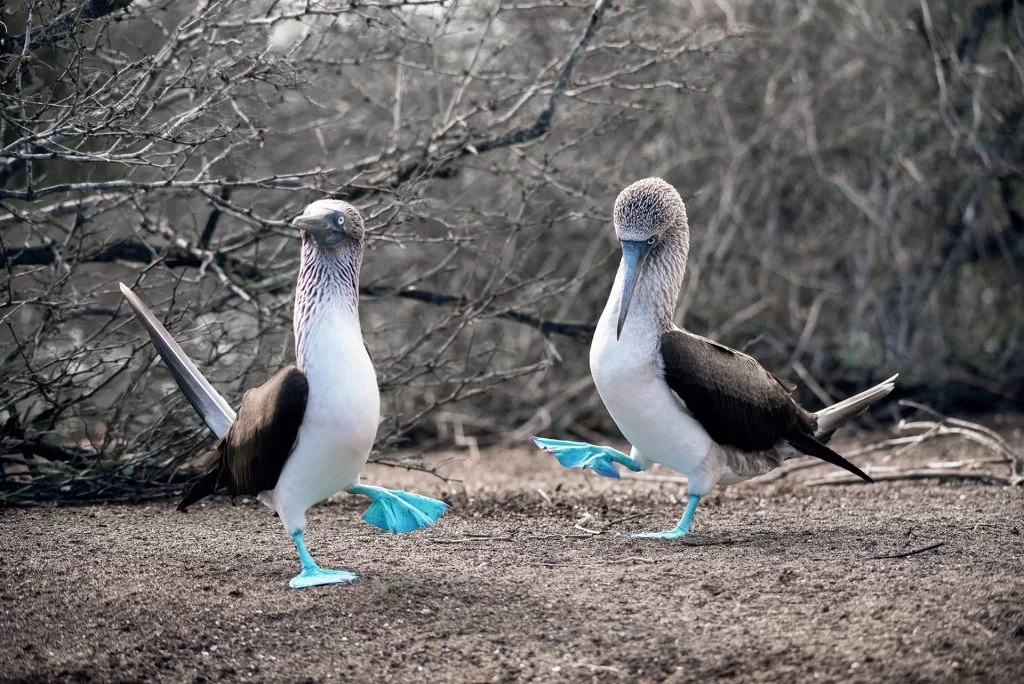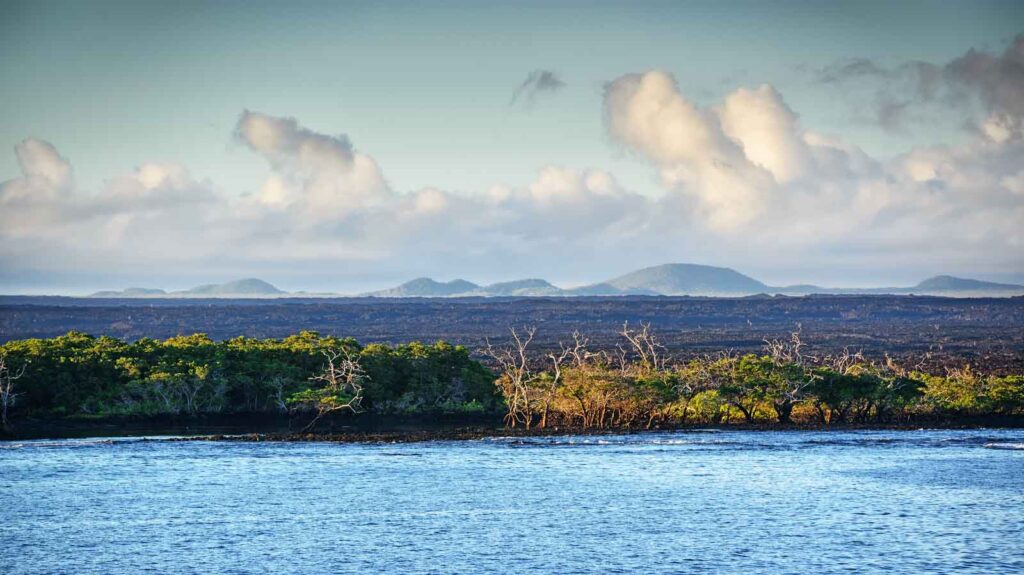Santiago Island
Have you ever wondered what makes Santiago Island in the Galápagos so special? This island served as a pirate hideout in the 17th and 18th centuries.
Location and geography
Santiago Island is in the Pacific Ocean. It belongs to the Galapagos Islands and covers 226 square miles. The island’s highest point reaches 2,975 feet. Santiago has narrow, steep land with big cliffs and pinnacles.
This volcanic island has a wild history. Pirates used it as a hideout during the 17th and 18th centuries. Known by many names like James, Olmedo, Gil, and York, Santiago offers rich geography.
The dramatic cliffs of Santiago are breathtaking, says traveler Mia Nelson.
Explore this unique place with its mix of rugged terrain and vivid past.
Visitor Sites
Santiago Island is full of amazing places to visit. There is so much to see and do for everyone.
List of Wildlife on Santiago Island
Santiago Island is home to many animals. You can find unique creatures here. Below is a list of wildlife on Santiago Island.
- Galapagos Hawks:
- These are the top predators on the island.
- They hunt land birds and reptiles.
- Land Birds:
- Cactus Finch: Small bird with a sharp beak for eating cactus.
- Dark-billed Cuckoo: Known for its dark bill and loud call.
- Galapagos Dove: Has a reddish-brown body and blue rings around its eyes.
- Galapagos Flycatcher: Tiny bird that catches insects in mid-air.
- Sea Birds:
- American Oystercatcher: Black and white bird with a bright orange bill.
- Black-necked Stilt: Features long pink legs and black wings.
- Blue-footed Booby: Famous for its bright blue feet.
- Brown Noddy: Small bird often seen hovering above water.
- Brown Pelican: Large bird known for its big beak pouch.
- Reptiles:
- Galapagos Green Turtle: Swims in coastal waters, often spotted near shorelines.
- Galapagos Snake-biserialis: Slender snake found inland.
- Galapagos Tortoise: Giant tortoises can live over 100 years.
- Lava Lizard: Small lizard that changes color to blend into rocks.
- Land Iguana: Big iguana that roams the dry parts of the island.
- Marine Iguana: Unique iguana that plunges into the ocean to feed on algae.
- Marine Mammals:
- Dolphins: Frequently seen leaping out of the water in groups.
- Galapagos Fur Seal Lions: Smaller than sea lions, they rest on rocky shores.
- Galapagos Sea Lion: Often found lounging on beaches or swimming nearby.
- Marine Fish Species:
- Galapagos Shark: Medium-sized shark common in deep waters around the island.
- Hammerhead Shark: Recognized by its hammer-shaped head, often seen in schools.
- Ray: Glides through water with wing-like fins; sometimes rests on sandy ocean floors.
- Sally Lightfoot Crab: Brightly colored crab scuttles along rock formations by shorelines.
- Tropical Fish: Varied species including vibrant Parrotfish inhabit coral reefs.
- Whale Shark: Largest fish species worldwide; gentle giants usually roam open seas near islands.
- Whitetip Reef Shark: Typically small sharks identifiable due to their white-tipped dorsal fins.
Looking for an unforgettable adventure? Santiago Island, part of the Galapagos, offers volcanic landscapes, black sand beaches, and rich wildlife. Explore tide pools filled with marine life, spot fur seals, and observe Galapagos hawks in their natural habitat. Snorkel in clear waters alongside sea turtles and tropical fish. It’s a paradise for explorers and nature lovers.
Frecuently Asked Questions
Santiago Island is in the Galápagos Islands, which are part of Ecuador.
You can see diverse wildlife like sea lions, iguanas, and various bird species. The island also has unique landscapes such as black sand beaches and lava formations.
You can reach Santiago Island by boat from other islands in the Galápagos or fly into Baltra Airport and then take a cruise that includes stops at Santiago.
Yes, Charles Darwin visited the island during his voyage on the HMS Beagle, making it an important site for natural history studies.
